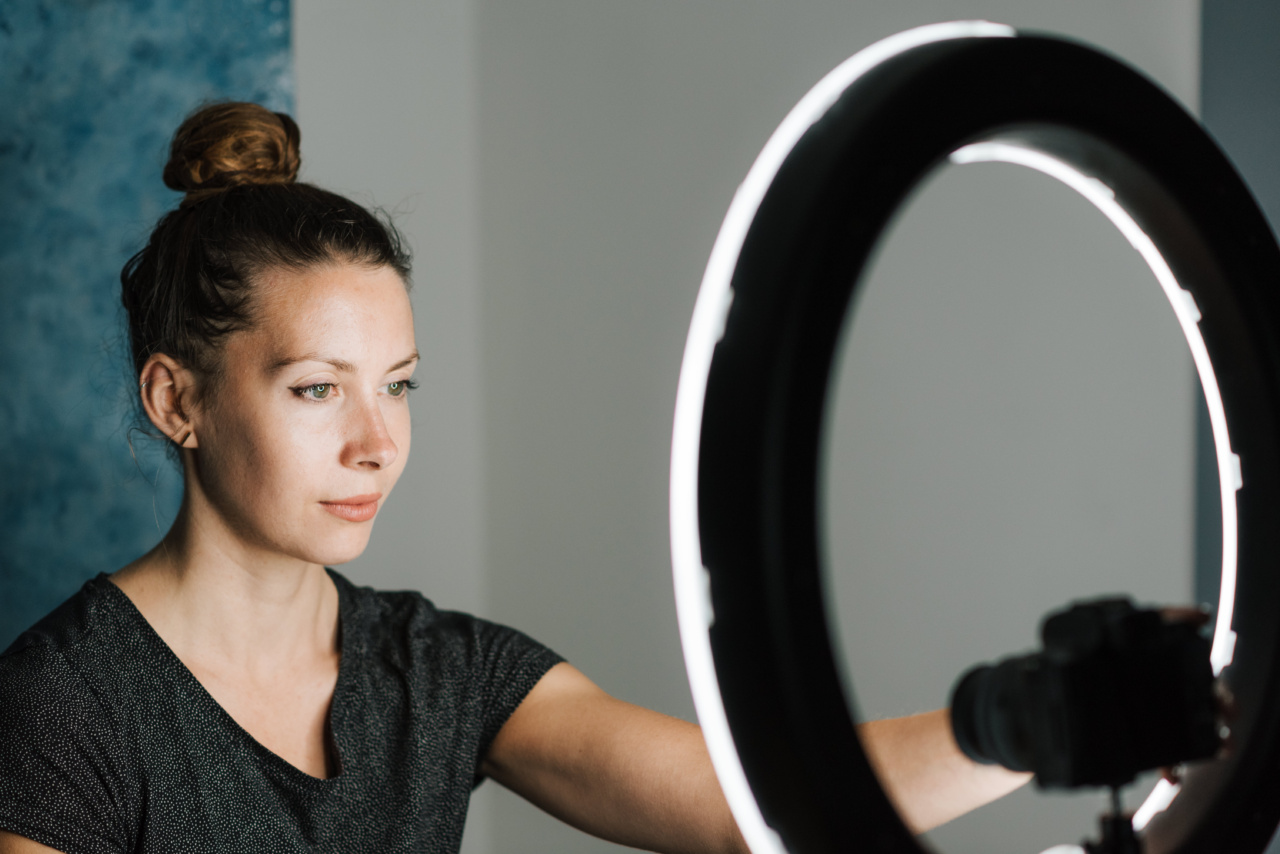Cardiac arrhythmia refers to an irregular heartbeat, which often results in symptoms like dizziness, shortness of breath, and fatigue. It can also cause serious complications like stroke and heart failure.
Treatment options
Traditionally, medications and invasive procedures like implantable cardioverter-defibrillators (ICDs) and surgical ablation have been used to treat cardiac arrhythmia.
However, a new treatment option has emerged using LED technology. This breakthrough technology aims to cure cardiac arrhythmia non-invasively by using light to stimulate certain molecules in the heart cells.
How does LED technology work?
The LED technology works on the principle of optogenetics, a relatively new scientific field that uses light, primarily lasers, to stimulate and control cells in living tissues and organisms.
In case of cardiac arrhythmia, LED technology uses light, instead of electric shock or drugs, to regulate the heart’s rhythm.
This is possible because the light waves can penetrate the heart tissues and stimulate targeted molecular activity leading to restored cardiac rhythm.
Benefits of LED technology
With the LED technology, the treatment of cardiac arrhythmia has become safer without invasive procedures and drugs. It is an easier and more convenient way for the patient to receive this kind of medical treatment.
LED technology vs conventional treatment methods
The use of LED technology brings several advantages compared to the conventional treatment methods:.
- Less invasive: LED technology is non-invasive, which means it doesn’t require any surgery or incision.
- Less painful: LED technology uses light waves instead of electric shock which results in less pain and discomfort.
- Fewer side effects: Since the treatment does not involve the use of drugs, the chances of side effects are minimal.
- Higher efficacy: LED technology results in higher resolution and specificity since the light waves penetrate deep into the living tissues.
Research on LED technology for cardiac arrhythmia
Several studies and clinical trials have been conducted to test the efficacy of LED technology to treat cardiac arrhythmia.
A study published in the journal Nature Communications in 2018 showed that LED technology can reverse heart arrhythmias in rodents.
Another study conducted by researchers at the Johns Hopkins University School of Medicine in 2019 demonstrated that LED technology was able to restore the heart’s normal rate in pigs with an irregular heartbeat without any drugs or invasive procedures.
Though the research is still in the early stages and the use of LED technology for treating cardiac arrhythmia is not yet universally approved, these studies show promise in terms of the efficacy of LED technology for treating cardiac arrhythmia.
Future prospects
The use of LED technology for cardiac arrhythmia treatment is still in its early stages. However, many cardiologists and physicians believe that this technology could change the way we treat cardiac arrhythmia.
LED technology offers a safe and effective alternative to invasive and drug-based therapies, making it more cost-effective and convenient for patients.
With advancements in LED technology and ongoing research, we can expect more breakthrough developments in the coming years, leading to better treatment options and improved patient outcomes.



























